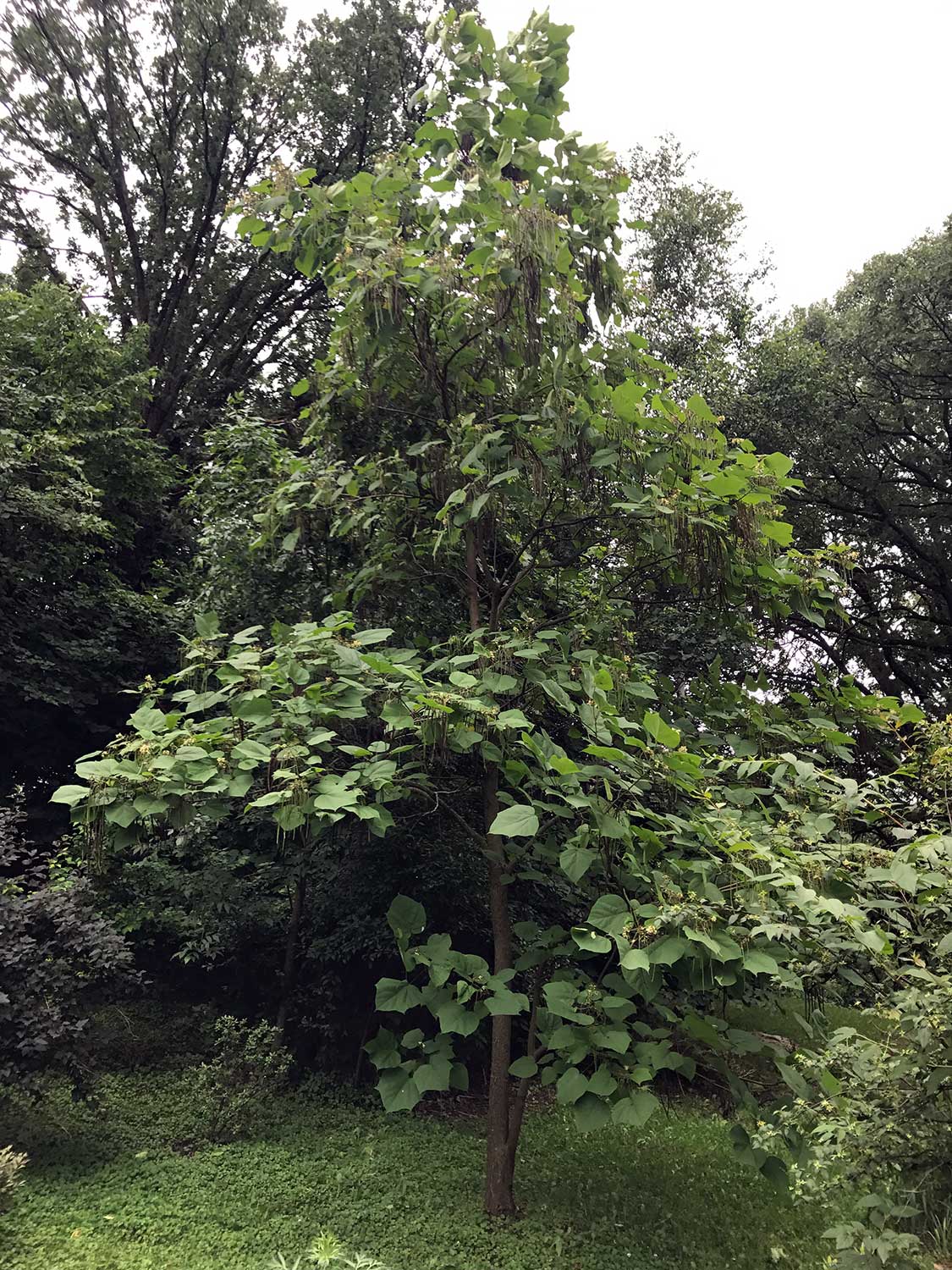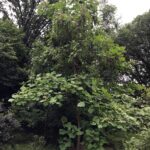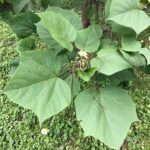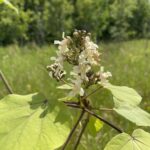Native To State: NO
Naturally Occurring: NO
Description
Catalpa ovata is a deciduous tree belonging to the Bignoniaceae family. It is commonly known as Chinese catalpa or Chinese cigar tree. Here are some key identification characteristics:
Size and Shape: Chinese catalpa is a medium-sized tree that typically reaches heights of 30 to 60 feet (9 to 18 meters). It has an upright, rounded crown with a slightly irregular shape.
Leaves: The leaves of Catalpa ovata are large, heart-shaped, and arranged in an opposite pattern on the branches. They have a glossy green surface and are between 4 to 8 inches (10 to 20 centimeters) in length.
Flowers: The tree produces showy, trumpet-shaped flowers that are white with purple or yellow markings. The flowers are arranged in clusters and have a sweet fragrance. They bloom in late spring or early summer.
Fruit: Chinese catalpa develops long, slender, cylindrical seed pods that resemble cigars, giving it the nickname “cigar tree.” The pods can be up to 20 inches (50 centimeters) long and contain numerous small seeds.
Bark: The bark of young Chinese catalpa trees is relatively smooth and grayish-brown, becoming more ridged and furrowed as the tree matures.
Habitat: Catalpa ovata is native to China and can be found in various regions of Asia. It is often grown as an ornamental tree in parks, gardens, and along streets in other parts of the world.
Cultivation: Chinese catalpa is valued for its unique and attractive appearance, including its large leaves, showy flowers, and cigar-like seed pods. It is cultivated in various countries for its ornamental value.
Other Species: There are other catalpa species, such as Catalpa bignonioides (Southern catalpa) and Catalpa speciosa (Northern catalpa), which are also popular ornamental trees.
Chinese catalpa is appreciated for its ornamental features, making it a sought-after choice for landscaping and urban planting. Its large leaves and eye-catching flowers and seed pods add a distinctive touch to outdoor spaces.
Occurrence
Planted along field trail in 2024. One specimen planted near barn yard in approximately 2009




